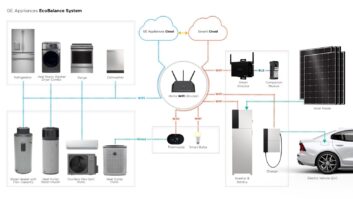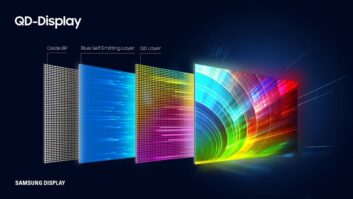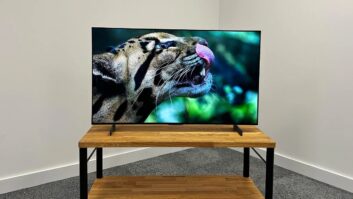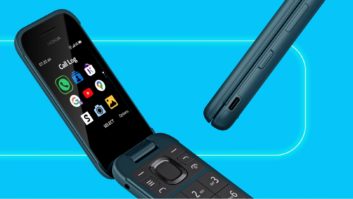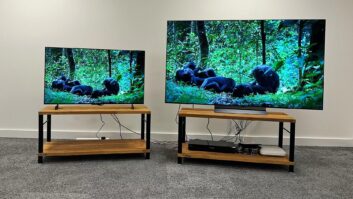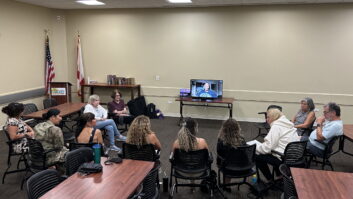Barcelona, Spain – Nokia went to
the Mobile World Congress with the world’s first 42-megapixel cameraphone and
an entry-level Windows phone that runs on an updated Windows OS designed for
lower powered smartphones.
The 42-megapixel cameraphone is the
Symbian-based
, the company’s first phone with proprietary
PureView imaging technologies that combine
41-megapixel sensor, Carl Zeiss f/2.4 lens, pixel-oversampling,
and Nokia-developed
algorithms
to enhance camera performance. The 41-megapixel sensor makes it possible to
zoom without a loss of clarity to create high-quality standard-resolution
pictures, the company said. The sensor delivers 3x lossless zoom for still pictures,
4x
lossless zoom for 1080p video capture, 6x lossless zoom
for 720p video capture, and 12x zoom for taking
640×380
videos.
Taking a picture at a maximum
resolution lets
users zoom, reframe, crop and resize a picture after taking the shot to
show new levels of detail, the company added.
Pixel
oversampling combines seven pixels into one pixel
to
filter away visual noise, greatly reducing the grainy look of pictures taken in
low light, Nokia continued. Other camera
features include Xenon flash for picture taking and LED light for video
recording.
To go with the high-resolution
videos, the phone incorporates proprietary Rich Recording technology to deliver
“
previously attainable only with external
microphones, the company contended. The device also features Dolby Digital Plus
5.1 surround decoding and Dolby Headphone technology, which delivers a surround
sound experience through headphones from stereo and multichannel content.
The 808 PureView uses the
Symbian OS, which Nokia has targeted mainly to developing countries, but the
phone could be activated on HSPA+ 42Mbps networks in the U.S. because it
operates in the U.S. 850/1900MHz bands and U.S. 1700/2100MHz AWS band. It also
operates in HSPA+ 42Mbps mode in foreign 900/2100MHz bands.
Other key 808 features include 4-inch 16:9
640×360 AMOLED touchscreen, 16GB embedded memory, 32GB MicroSD card slot, DLNA,
HDMI port, near-field communication (NFC), Wi-Fi, and FM tuner.
The phone will be available in the second
quarter in unspecified countries.
In launching the Lumia 610 smartphone, the
company is incorporating a Windows Phone 7.5 OS update that enables the
OS to operate on phones with lower memory capacities and lower processing
power. The
Lumia 610 phone, which will be one of the industry’s first phones with the
update, features 256MB RAM and 800MHz processor. The previous version of
Windows Phone 7.5 required a minimum 1GHz processor and more RAM.
In the U.S., Nokia already offers a low-priced
Lumia 710, subsidized by T-Mobile, at $49, but the Lumia 610 could be priced
lower if brought to the U.S. Although Nokia didn’t specify the countries in
which it would begin launching the device in the second quarter, the Lumia 610
operates in 3G HSDPA mode in U.S. 850/1900MHz bands and foreign 900/1900MHz
bands.
The new model is designed to reach the youth
market and provide a core Windows Phone experience and run more than 95
percent of the apps in the Windows Marketplace, Microsoft said. Entry-level devices running the updated OS will lack
automatic SkyDrive backup of content in the cloud and deliver a reduced video experience.
The Lumia 610, for example, captures
video at only VGA resolution, whereas previous Lumia phones captured video at a
minimum 720p.
Other 610 features include 3.7-inch WVGA touchscreen, 8GB of storage, and
5-megapixel camera.





